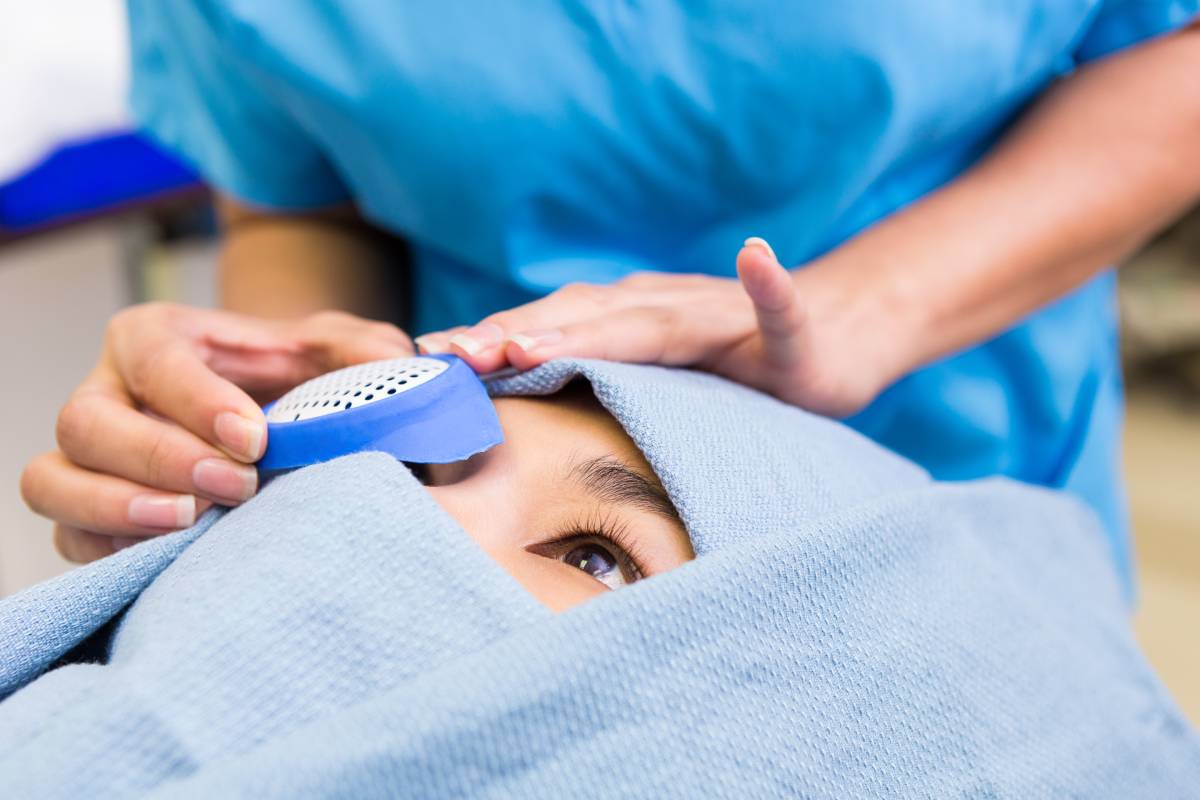Bioadhesive Development for Tissue Sealing
June 21, 2021
Repairing injury- or surgery-induced damaged tissue remains a challenge to this day. As alternatives to traditional sutures and staples, a slew of tissue adhesives and sealants have been devised in the last few decades to seal incisions, revolutionizing hemostasis, wound management for traumatic and surgical injuries, and the attachment and immobilization of implantable devices1. However, technologies have remained limited by weak bonding, slow adhesive processes, minimal biocompatibility, poor mechanical harmony with patient tissues, and lack of an easy, benign detachment mechanism. Recently, soft materials such as synthetic hydrogels have established themselves as next-generation bioadhesive materials addressing these challenges and garnering intense research and development attention thanks in part to their ease of use, robust sealing, reduced tissue damage, and short application time2.
In particular, the pace of bioadhesive development was greatly accelerated by the discovery of a chemical modification which could enable the very tough bonding and sealing of resistant, transparent, and conductive synthetic hydrogels3. Specifically, the salination of non-porous solid surfaces (including glass, silicon, ceramics, titanium and aluminum) was found to facilitate their covalent bonding with the long-chain polymer networks of tough hydrogels3. In contrast to simply physical interactions, this chemical anchorage yields a degree of interfacial toughness exceeding that between tendon/cartilage binding to bone (in excess of 1000 J/m2). This formed the basis for the design of a double-sided tape suitable as a stable, conductive bioadhesive skin patch that may be able to fully replace sutures; This has recently progressed to the point that it is capable of tough adhesion and triggerable, easy detachment, thereby circumventing a number of key challenges in the field. This technology aims to replace sutures to promote healing and reduce post-surgical complications – thereby minimizing pain, bleeding, infection, and post-operative scarring4. Several such bioadhesive sealants are now commercially available and have been clinical implemented across, to name a few, neurosurgical, periodontal, cardiovascular, and reconstructive surgical contexts5,6.
While bioadhesive development for tissue sealing has undergone great breakthroughs, overcoming the translational barriers of tissue adhesives remains a hurdle7. In particular, adhesive design needs to be informed by a deep understanding of the target tissue’s mechanical surface characteristics and local biochemical niche, which vary substantially across tissue type. In addition, it remains critical to understand and monitor the long-term post-implantation performance of a material, including in the form of the dynamic chemical and physical properties of the implanted adhesives, tissue responses, and changes in adhesion and cohesion – data for which has remained limited to this date. Finally, limited documented evidence of a clinical need and tight national regulations surrounding development – in light of sparse data on their safety – have slowed down the translation of this technology for clinical applications.
Beyond immediate clinical applications however, this type of tape has remarkable potential, paving the way for a number of other research directions and applications – opening new doors, for example, for the development of microfluidic systems and neural probes among a slew of other applications within and beyond the clinic3. As such, the future research and development of bioadhesives is likely to remain an exciting field.
References
1. Ge L, Chen S. Recent advances in tissue adhesives for clinical medicine. Polymers (Basel). 2020. doi:10.3390/POLYM12040939
2. Yuk H, Lu B, Zhao X. Hydrogel bioelectronics. Chem Soc Rev. 2019. doi:10.1039/c8cs00595h
3. Yuk H, Zhang T, Lin S, Parada GA, Zhao X. Tough bonding of hydrogels to diverse non-porous surfaces. Nat Mater. 2016. doi:10.1038/nmat4463
4. Healing with hydrogels | MIT News | Massachusetts Institute of Technology. https://news.mit.edu/2021/hyunwoo-yuk-healing-hydrogels-0225.
5. Jain R, Wairkar S. Recent developments and clinical applications of surgical glues: An overview. Int J Biol Macromol. 2019. doi:10.1016/j.ijbiomac.2019.06.208
6. SANAHEAL – SanaHeal. https://www.sanaheal.com/.
7. Taboada GM, Yang K, Pereira MJN, et al. Overcoming the translational barriers of tissue adhesives. Nat Rev Mater. 2020. doi:10.1038/s41578-019-0171-7